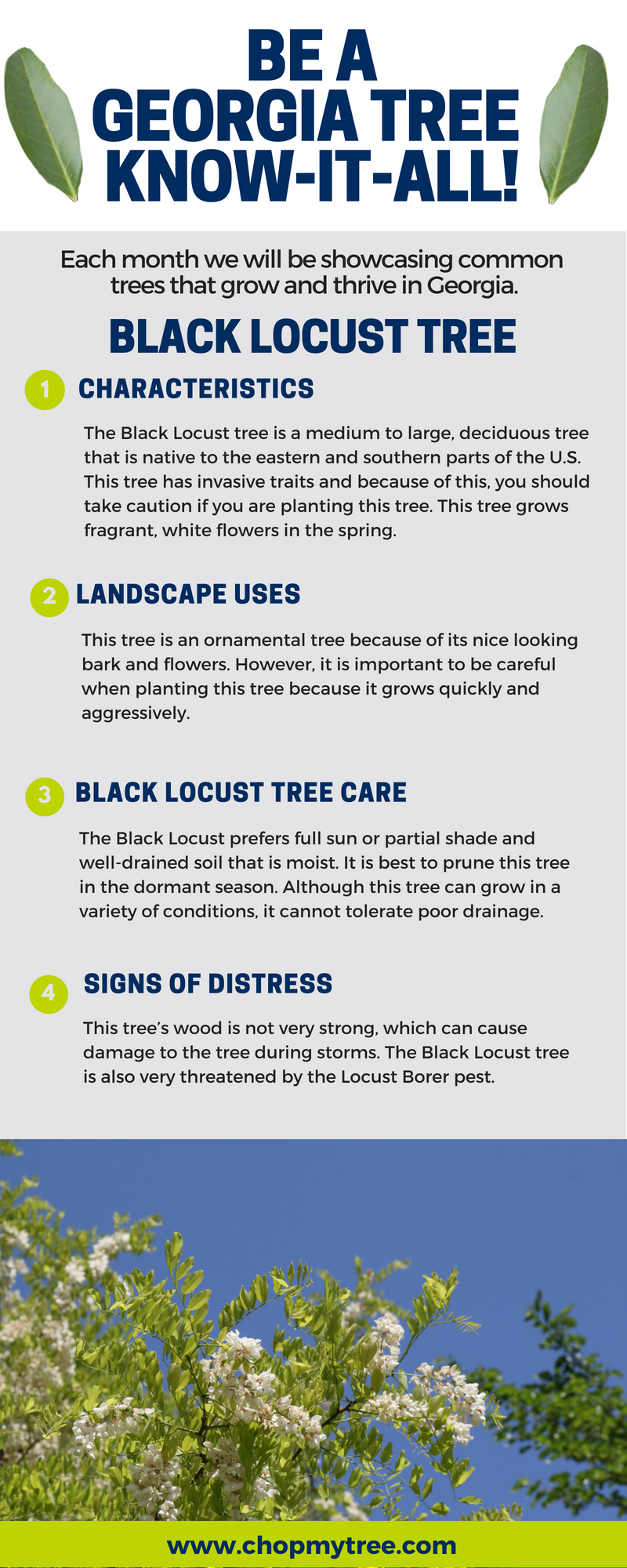Treatment After Tree Removal: Reliable Ways To Revitalize Your Landscape
Treatment After Tree Removal: Reliable Ways To Revitalize Your Landscape
Blog Article
Short Article By-Graham Deal
After a tree's removal, your landscape might look fairly various, and it's vital to analyze the results carefully. You'll intend to examine the soil disturbance and examine bordering plants for any kind of indications of stress and anxiety. Disregarding these elements can bring about bigger troubles down the line. So, what should you make with those stumps and roots? And exactly how do you choose the most effective plants for your revitalized area? Allow's discover these crucial steps.
Examining the Aftermath: Assessing Your Landscape
After a tree removal, it's vital to examine your landscape to recognize the effect it carries your yard.
Begin by taking a look at the location where the tree stood. Search for signs of soil disruption, and examine the bordering plants for any type of stress and anxiety or damages.
You must also remember of just how the elimination has altered sunlight exposure and air flow in your yard. This change can affect the development of neighboring plants, so it's essential to assess their health and wellness.
Think about the visual facets as well; the removal might produce an open space that you can revamp.
Lastly, consider any kind of possible erosion problems that could develop from the tree's lack. Dealing with these factors early will help bring back balance to your landscape.
Dealing With Stumps and Roots: Options for Removal
As soon as you've analyzed the aftermath of the tree removal, you'll likely require to tackle the stump and roots left.
You have a couple of alternatives for removal. One effective approach is stump grinding, where a specialist makes use of a maker to grind the stump down to below ground degree. This technique leaves minimal disturbance to your landscape.
If you choose a DIY technique, you can make use of a combination of digging and chemical stump cleaners. Just remember, this procedure can take time and initiative.
Alternatively, think about leaving Apricot Tree Pruning as a natural function, which can work as an unique garden aspect or habitat for wild animals.
Whatever Suggested Internet site pick, addressing the stump and origins is important for recovering your landscape.
Selecting the Right Plant Kingdoms for Your New Area
As you analyze your freshly removed room, selecting the right plants can considerably boost your landscape's appeal and functionality.
Begin by taking into consideration the sunshine and dirt problems. For warm areas, opt for drought-resistant plants like lavender or succulents. In shaded places, brushes and hostas grow well.
Think about the size and growth behaviors of your plants; mix perennials and annuals for seasonal range. Do not neglect to include native species; they call for less upkeep and support neighborhood wildlife.
Team plants in weird numbers for an extra natural appearance and develop layers for visual deepness.
Finally, ensure you have a mix of colors and textures to maintain your landscape lively throughout the seasons.
Satisfied planting!
Conclusion
To conclude, restoring your landscape after tree removal is a rewarding procedure. By assessing the aftermath, dealing with stumps and origins, and choosing the right plants, you'll produce a growing atmosphere. Do not neglect to incorporate disintegration control steps to secure your soil. With a little initiative and treatment, you can change your area into a vivid garden that enhances your property. Welcome the chance to invigorate your landscape and delight in the appeal of nature right in your backyard!
